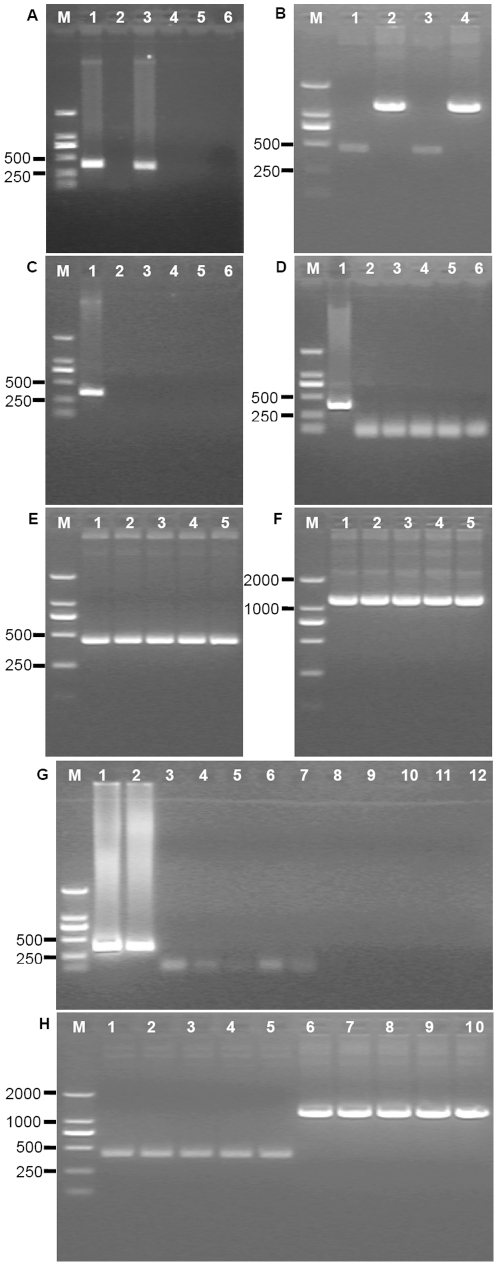Figure 2. PCR analysis results of the TC7L-TK2L and TA35R genes of the isolated mutant.
Diagnostic PCR was performed to identify the final mutant. The deletion of the TC7L-TK2L and TA35R genes was investigated by PCR 72 h after infection of BHK-21 cells with 0.01 MOI of wild-type VTT. Approximately 366 bp (TC7L-TK2L; A, lane 1) and 353 bp (TA35R; A, lane 3) were detected by ethidium bromide staining. In addition, the TC7L-TK2L and TA35R fragments were missing in the mutants MVTT1-EGFP (TC7L-TK2L; A, lane 2), MVTT2-EGFP (TA35R; A, lane 4), and MVTT3-EGFP (TC7L-TK2L and TA35R; A, lane 5 and lane 6). The genes 431 bp flanking the TC7L-TK2L regions (B, MVTT1, lane 1; and MVTT3, lane 3) and the genes 1142 bp flanking the TA35R regions (B, MVTT2, lane 2; and MVTT3, lane 4) were investigated to identify non-EGFP-expressing virus. Evaluation of the genetic stability in the BHK-21 cells after 2, 4, 6, 8 and 10 passages. TC7L-TK2L gene of MVTT1 (C, lanes 2–6), TA35R gene of MVTT2 (D, lane 2–6), TC7L-TK2L gene of MVTT3 (G, lanes 3–7), and TA35R gene of MVTT3 (G, lanes 8–12) produced negative results, comparing to positive PCR results. The genes of MVTT1 flanking the TC7L-TK2L regions (E), the genes of MVTT2 flanking the TA35R regions (F), and the genes of MVTT3 flanking the TC7L-TK2L regions (H, lanes 1–5) or TA35R regions (H, lanes 6–10) were detected correctly.

